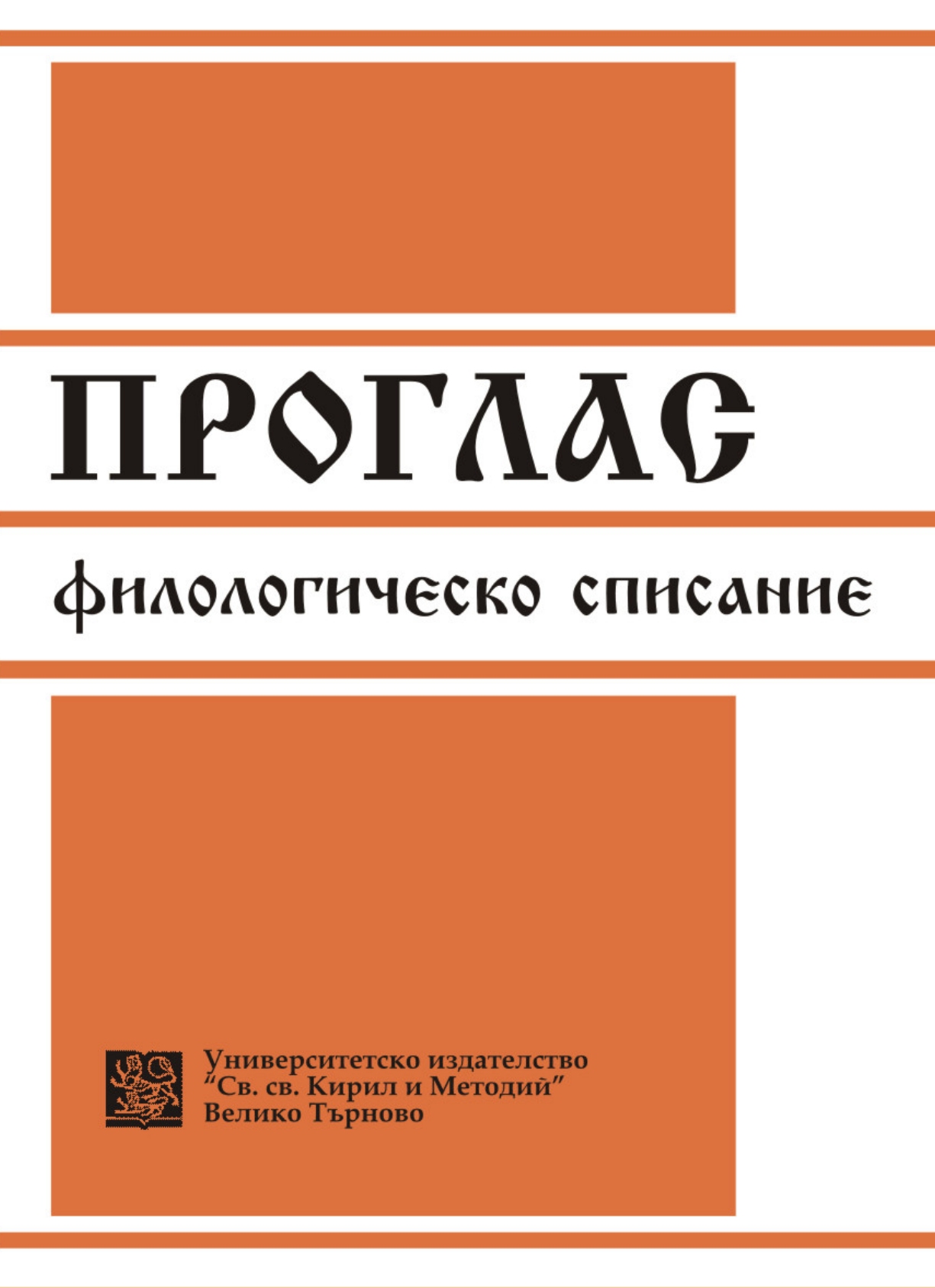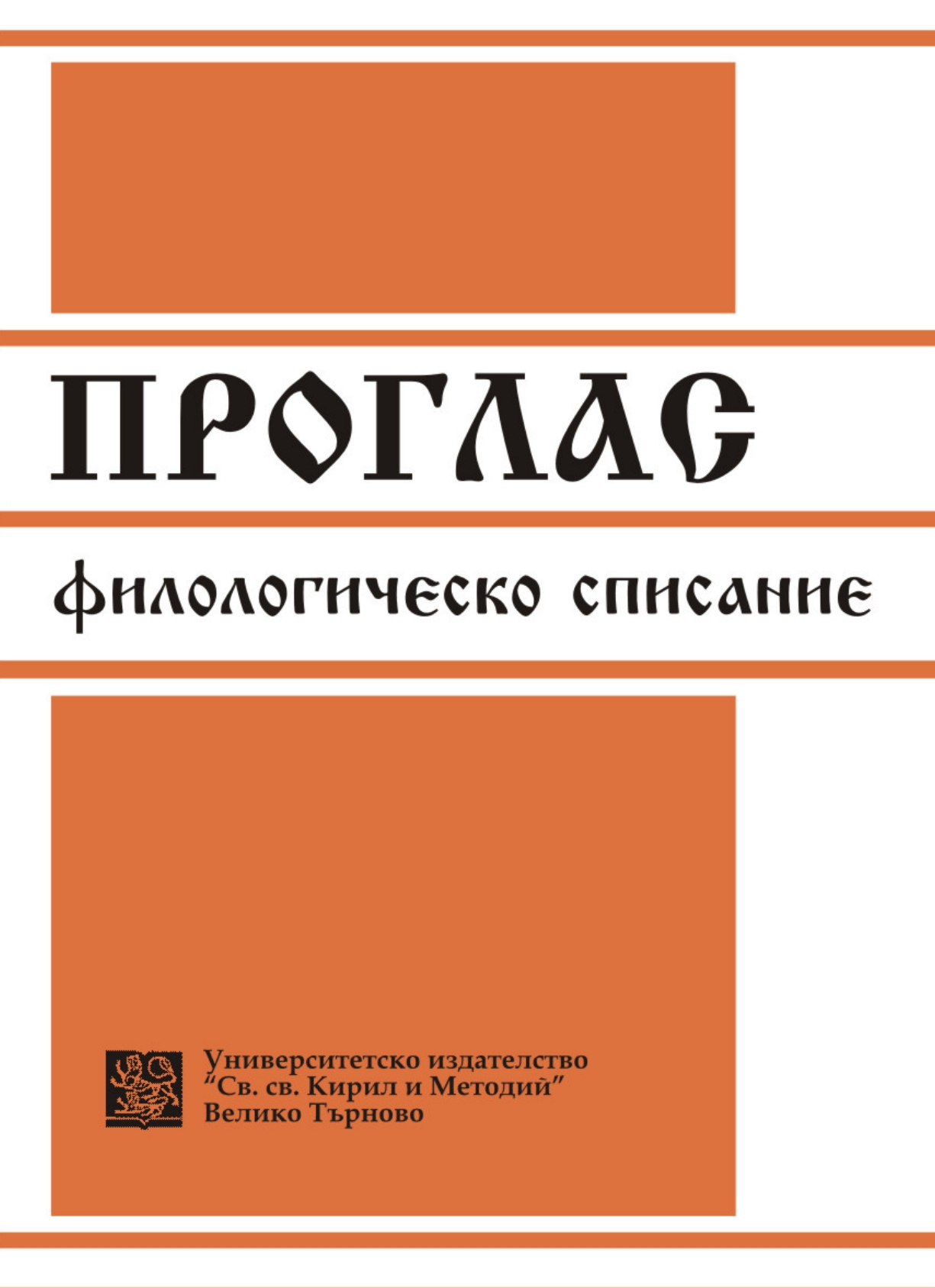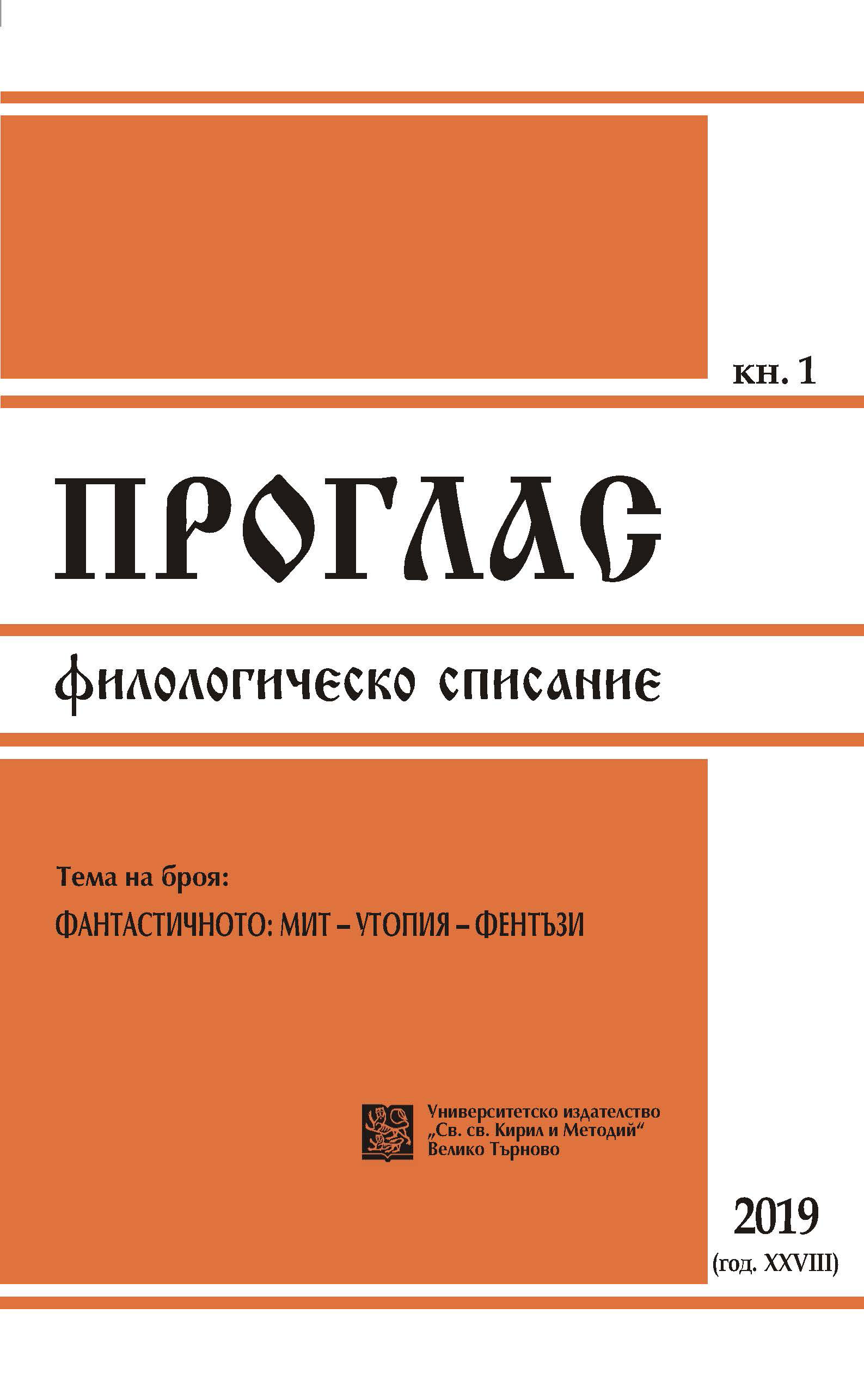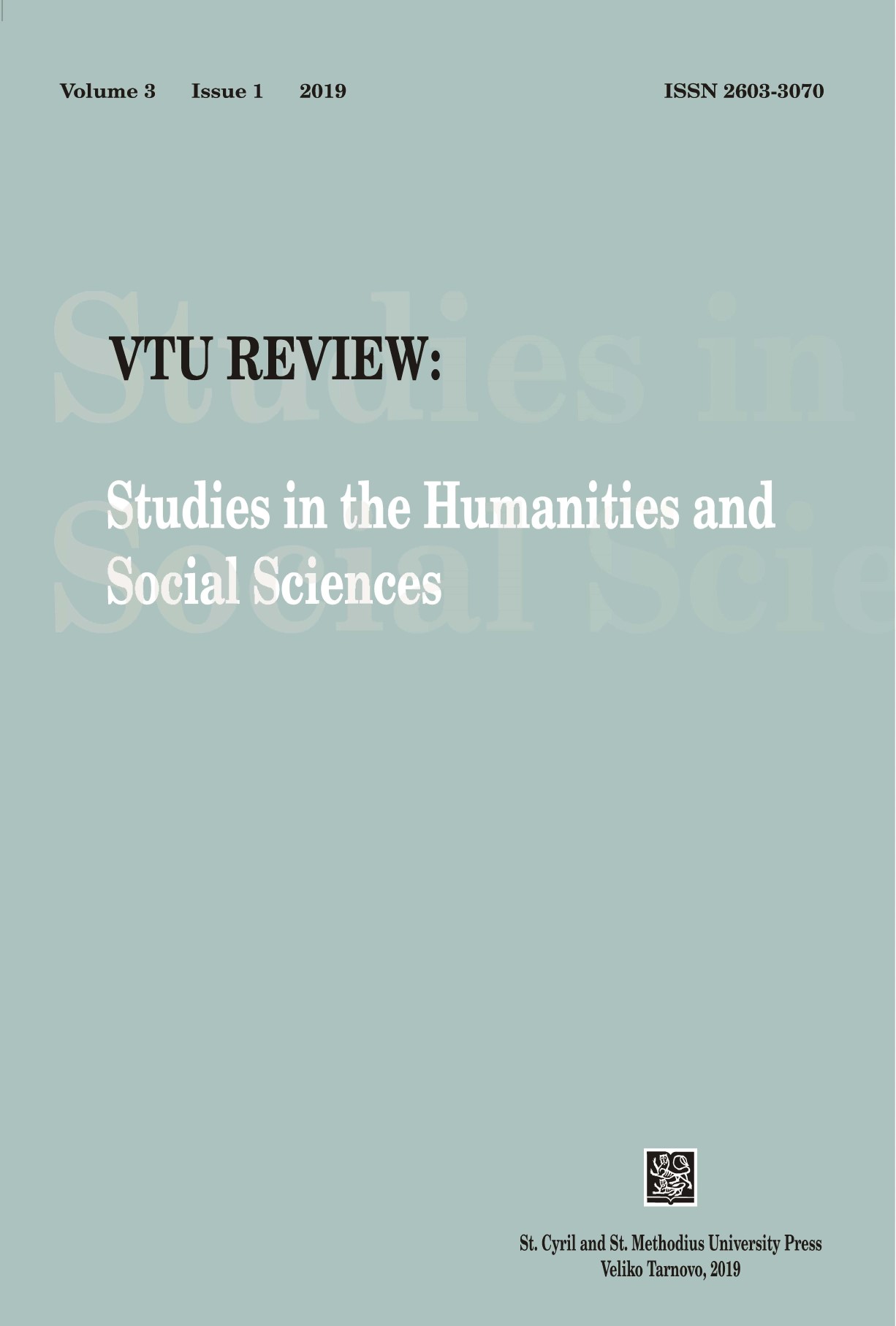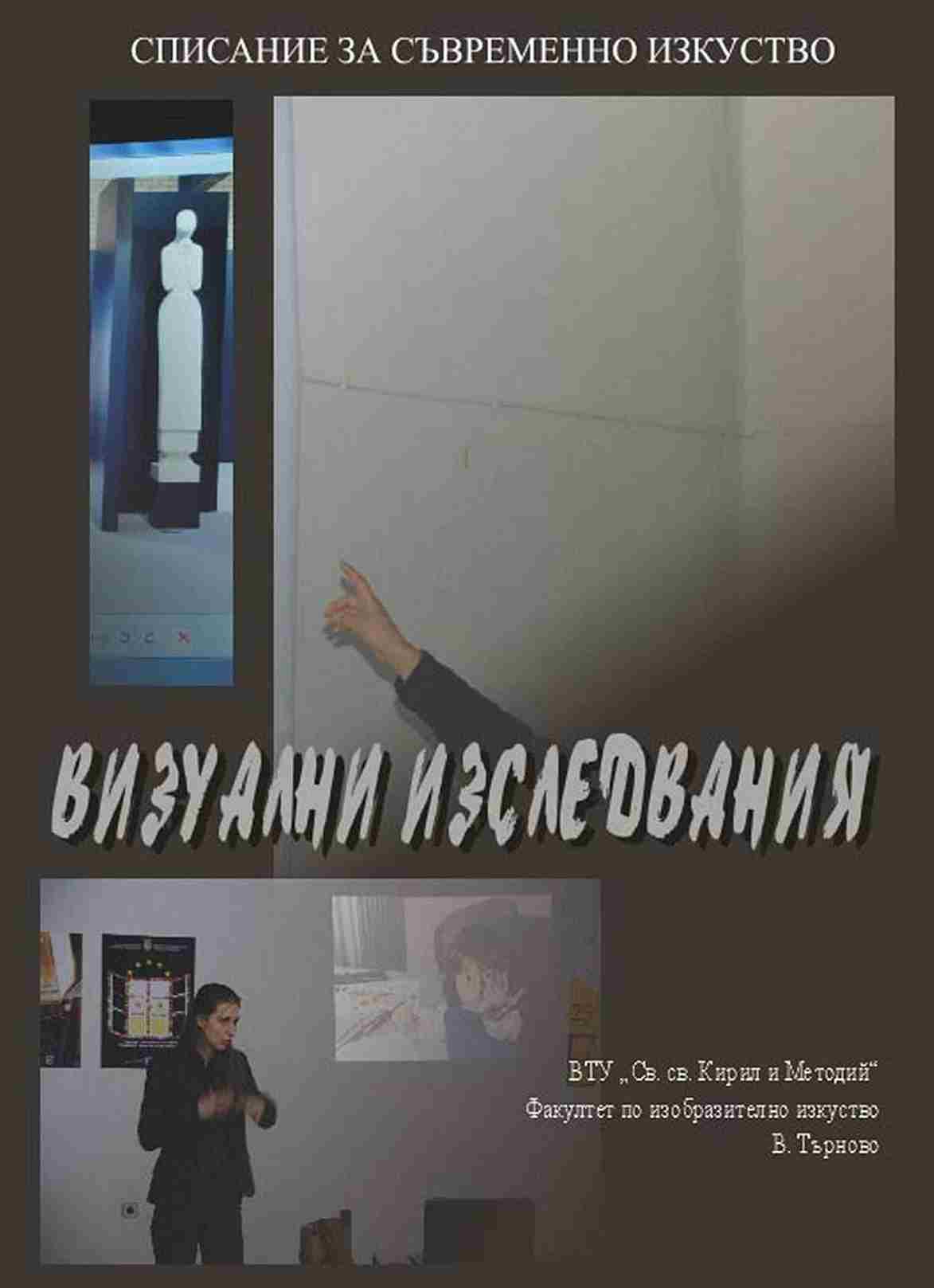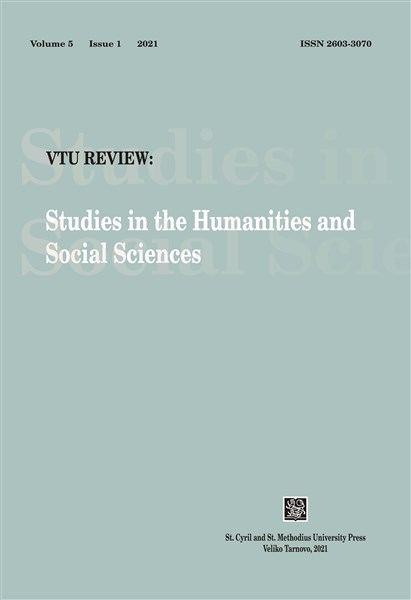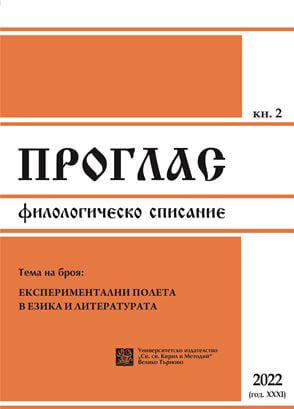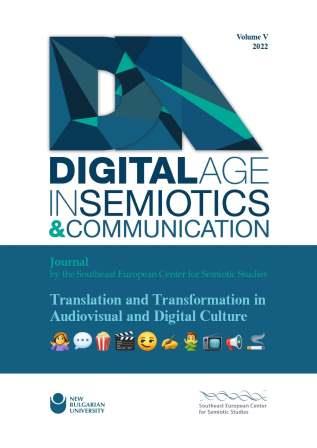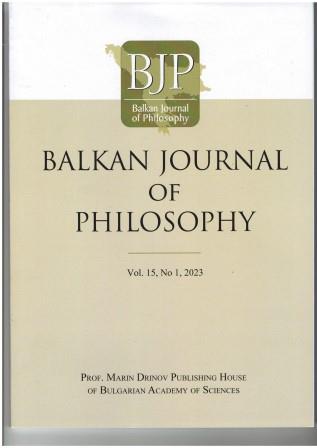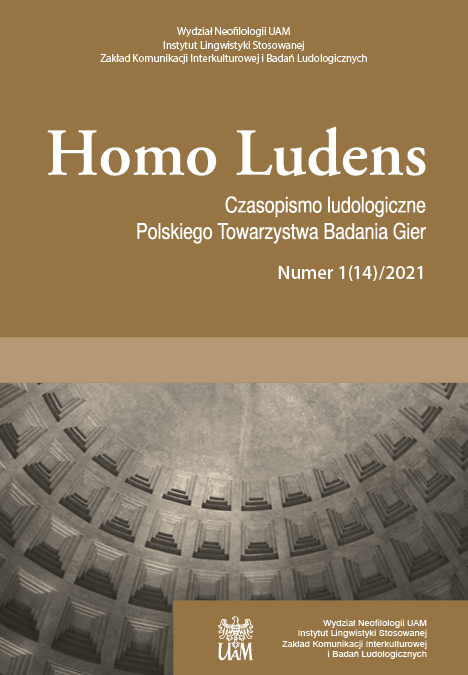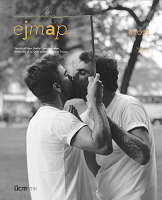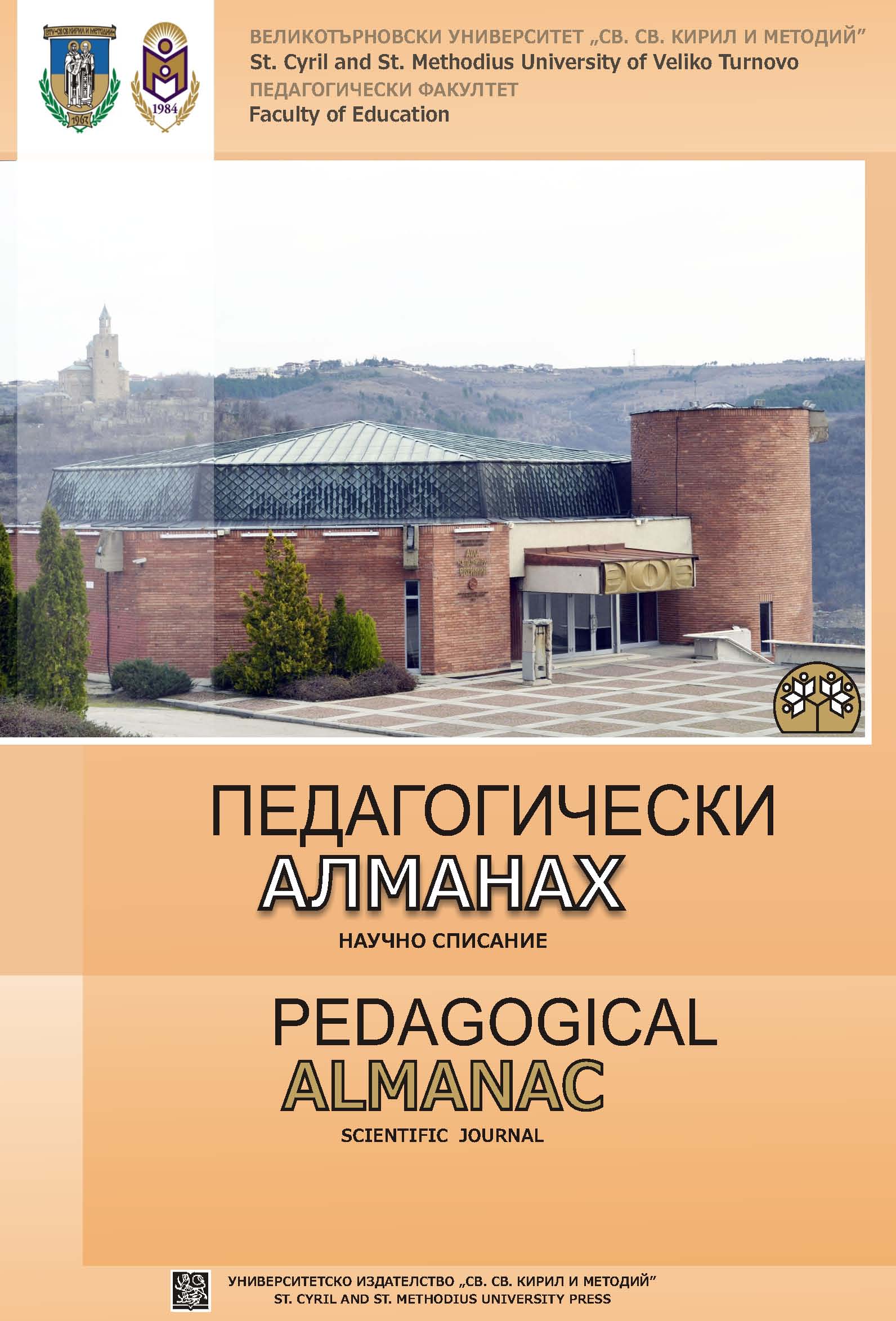
Комплексно влияние на дисциплините „Рисуване“ и „Живопис“ върху формирането на професионалната компетентност у бъдещите художници живописци
The article proves the importance of the discipline “Drawing” for the becoming of the professional qualities of the artist-painter. A system of requirements that affects the professional level is defined. The professional qualities are described. The necessity of systematic practical work is proved. The methods of teaching fine arts, which were developed by well-known artists and teachers, are studied. The methodical sequence of construction of the educational process, which begins with drawing from nature, is described. It is noted that the figure is a fixation of the volume and the transmission of information about the form of the reality being studied. The necessity of mastering and approaching constructive thinking and vision is shown. The importance of searching for tonal nuances in work is characterized. It is justified that drawing and painting are means of cognition of the surrounding reality. The essence of the discipline “Painting”, which influences the formation of professionalism and shapes the student, which forms the vision of the color and tonal spot, which teaches the integrity of perception and the transfer of what is seen on the plane and the organization of unity is revealed. The interrelation between the discipline “Drawing” and the discipline “Painting” is prove.
More...
